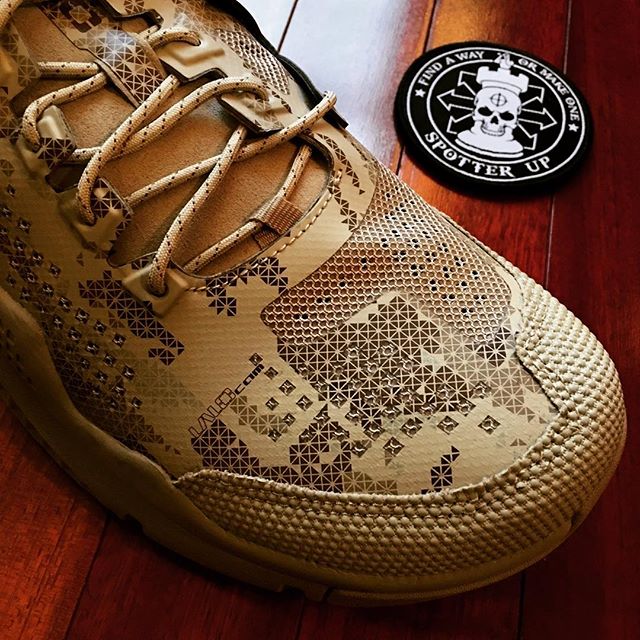It is estimated that 40 million Americans participate in some form of running on a regular basis. From this population, it is reported that between 50-70% suffer from a running related injury (Cook). The number one cause of these injuries is improper running technique, and the heel strike is the movement most noted for its harmful effects on the entire body. The heel strike occurs as the heel of the foot hits the ground and sends shockwaves all the way from the heel up the body until it is finally absorbed by the spine.
This leads to the lower back pain that can sometimes be associated with running. This style of running also leads to tendon strains, stress factures, and plantar fasciitis (heel spurs). If your foot flattens or becomes unstable during critical times in the walking or running cycle, the attachment of the plantar fascia into your heel bone may begin to stretch and pull away from the heel bone. This will result in pain and possibly swelling. Since this movement stretches the already inflamed portion of the fascia. Without treatment the pain will usually spread around the heel. The pain is usually centered at a location just in front of the heel toward the arch. Fixing this problem is an easy process; it starts with returning the body to a natural running pattern.
During running each foot comes into contact with the ground approximately 75 to 100 times per minute, which corresponds to a step rate or cadence of 150 to 200 steps per minute (cadence varies considerably among individuals, and with running speed). When a runner’s foot makes initial contact with the ground during the landing phase of the gait cycle, the body rapidly decelerates during the collision and a shock wave is transmitted/propogates through the body. The body has built-in mechanisms to attenuate or diminish the magnitude of this shock wave, including the bones, ligaments, and cartilage in the feet, legs, hips, and vertebral column as well as the muscles and tendons that attach to the skeleton.

In contrast to heel strikers, the vertical impact peak is often absent in forefoot-striking runners (and sometimes in midfoot strikers) regardless of footwear condition, and loading rates are comparable to or sometimes even lower than those observed in heel-striking runners wearing cushioned shoes.
How do we solve the issue? Easy, learn correct running mechanics and sh*~can those $165/pr Nike running shoes with a 1″ cushy heel providing a 12mm heel-toe drop. Personally, and I used to be a “bigger is better” shoe guy, I love a running or workout shoe with a 3-6mm footbed and no more than a 3-6mm heel-toe drop.
Now you can’t just throw a pair of these on and haul ass cause they are light as all hell, but you must allow your system time to adapt to the new stressors as a result of running more flat and true to human design (tendons, ligaments, cartilage, joints, etc) with far less padding. Wear them 1-2x per week to start then slowing start rotating the old kickers to the crap can. I like a couple brands because they are high quality, light, great support, and I can workout and run with them. Heavy Olympic or Powerlifting should only be accomplished with “lifters.” Reebok Nano 2.0’s and the Inov8 240 & 195. Bear in mind the 195’s are thin and I tend to save these as a running flat substitute (supa-fast).
[jetpack_subscription_form]
Published on: Jul 19, 2015
[amazon_link asins=’B01B71QK1I,B00HNR2PBA,B00S8LJ7HU,B01B71X7F0,B01B7201OO,B00S8LMB3C,B01LOQJHJS,B01B71UBOA’ template=’ProductCarousel’ store=’spoup-20′ marketplace=’US’ link_id=”]


